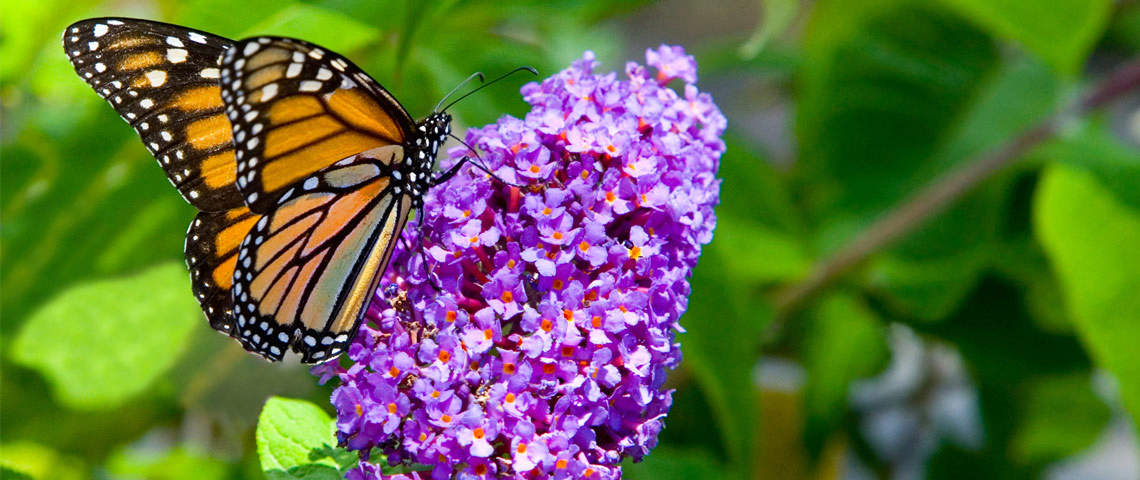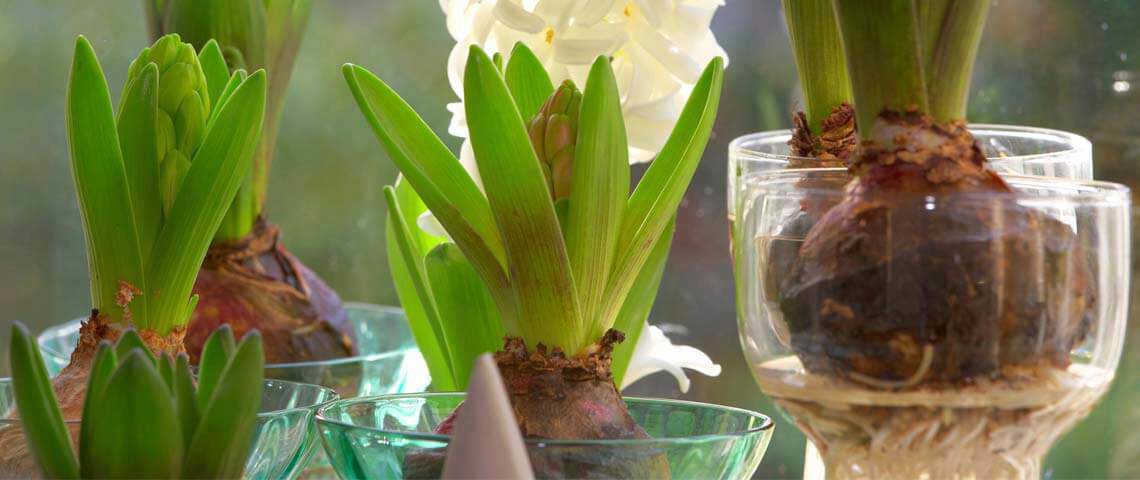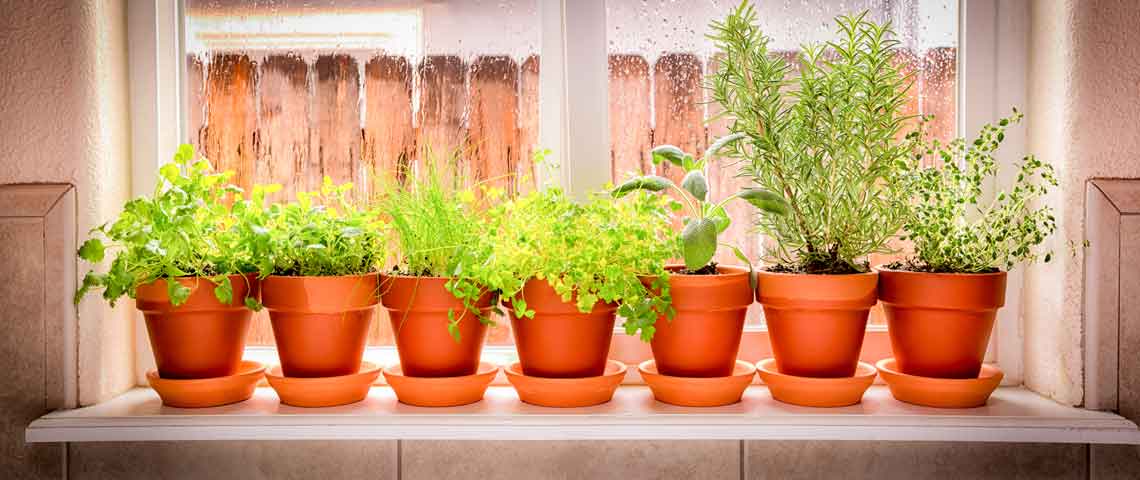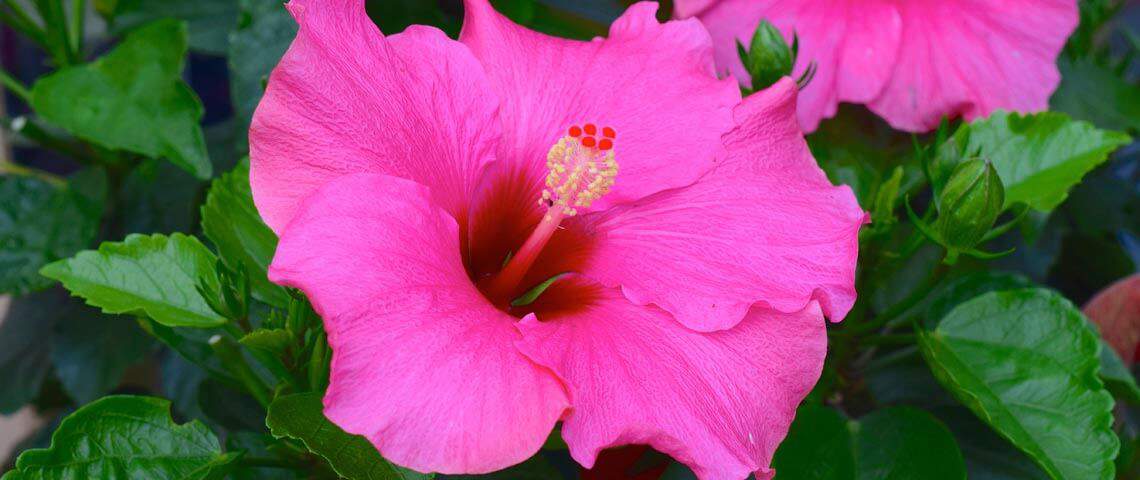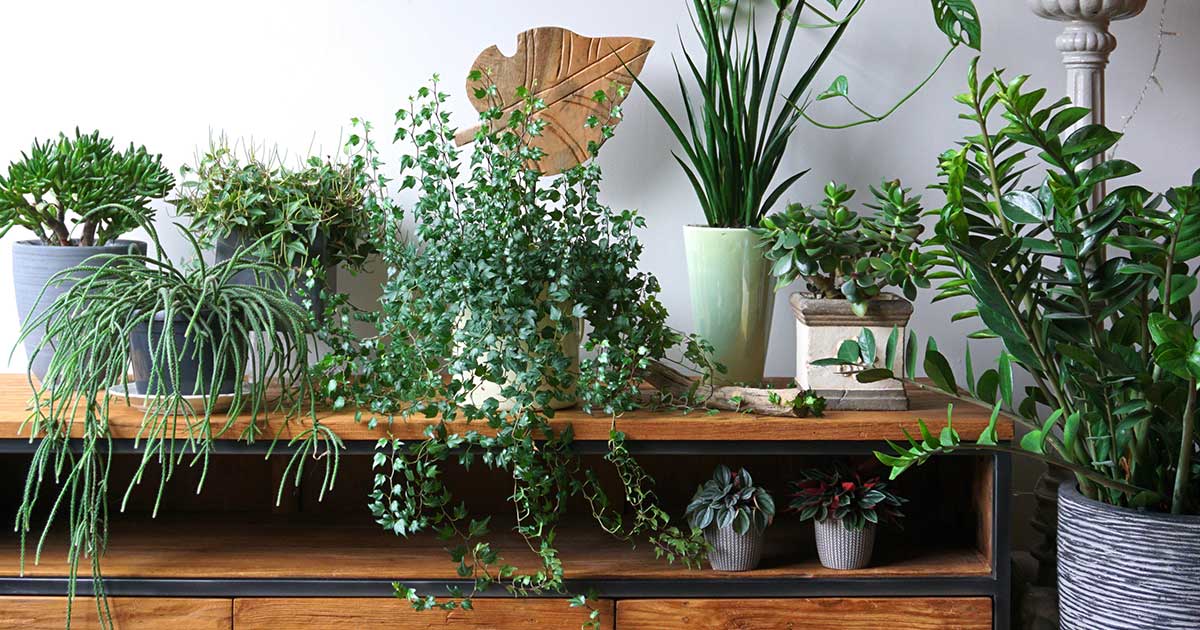5 Best Flowering Shrubs for Summertime
When spring's abundance fades, summer can leave shrub-based gardens lacking. Well-planned perennial plantings and longtime favorites such as roses and hydrangeas can help, but they aren't your only garden options. The following easy-care, flowering shrubs fill summer landscapes with colorful flowers and attractive foliage beyond the early season — and keep visiting pollinators busy, too. Compact forms are perfect for small spaces or even decorative containers, expanding your choices for summer blooms.
- Mockorange (Philadelphus) often leads the way in summer-blooming shrubs, carrying spring's essence into summer heat. As its name suggests, mockorange drenches early summer gardens with intensely fragrant flowers reminiscent of orange blossoms. Varieties such as Blizzard and Snowbelle hint at the profusion of snow-white blooms, which sparkle in fragrant moonlit gardens. Newer varieties, such as Snow White Sensation, offer a second flush of sweet-smelling blossoms in late summer. Mockorange varieties can be extremely cold-hardy, bringing summer blooms to U.S. Department of Agriculture plant hardiness zones 3 through 8.1

Mockorange brings early summer gardens sweet fragrance and pure white blooms.
- Bluebeard (Caryopteris) goes by the names blue mist and blue spirea in some circles. Its finely textured flowers appear in unusual pom-pom puffs along stems that reach 2 to 3 feet high, a perfect size for small urban gardens. The blue blooms, favorites of butterflies, flower from early summer way into fall in shades ranging from sky blue to indigo. The plant's aromatic foliage, often silvery green, releases fragrance freely with the brush of a hand or knee as you walk by. This water-wise shrub flourishes in high heat and humidity, resists deer damage, and looks great in summer bouquets. (USDA zones 5 through 9)
- Butterfly bush (Buddleia) was once a concern for gardeners due to a tendency to self-seed and spread, but new seedless varieties restored this pollinator magnet to popularity and earned new common names, such as summer lilac, seedless butterfly bush and nectar bush. Dense wands of colorful florets, sweetly scented like warm vanilla, burst into bloom from early summer until frost brings an end. Compact varieties, such as Low and Behold and Petite Snow White, stay under 3 feet tall, while others arch gracefully up to 15 feet high. Butterfly bush resists heat and drought, and attracts all types of pollinators — not just butterflies. (USDA zones 5 through 10)

Butterfly bush is a favorite of hummingbirds as well as butterflies.
- Dwarf crape myrtle (Lagerstroemia) turns up the blooms just as summer turns on the heat. High temperatures and low rainfall don't slow this shrub down. Many gardeners are familiar with the large, tree-like crape myrtle, but new dwarf varieties deliver profuse, ruffled blooms, and stay under 4 feet tall — perfect for patio pots or planting in-ground. With names such as Razzle Dazzle, these compact types are small in size, but big on blooms. Spectacular shows of vibrant blossoms last all summer and well into fall. Along with rich fall color and attractive cinnamon bark, some types have bronze leaves, too. (USDA zones 6 through 10)

Summer-loving crape myrtles flourish in the face of heat and drought.
- Rose of Sharon (Hibiscus syriacus) will remind you of its close relative tropical hibiscus when you gaze at its exotic blooms. Also called hardy hibiscus, shrub althea or shrub mallow, rose of Sharon carries summer gardens through autumn in style. New varieties with few or no seeds and names that include Chiffon and Satin, alleviate the old-fashioned shrub's self-seeding ways. Compact, refined versions bloom from base to tip, resist deer, and withstand heat and humidity. Hummingbirds relish the large, trumpet-shaped, nectar-rich flowers as they prepare for migratory trips south. (USDA zones 5 to 9)

Rose of Sharon hibiscus fills late summer gardens with elegant blooms.
When summer-flowering shrubs take the stage, peak performance depends on proper care and nutrition. These flowering shrubs do best in sunny locations sheltered from bloom-damaging winds, and when provided with plentiful essential nutrients to fuel their flowers. A complete, premium fertilizer such as Pennington Rejuvenate Plant Food All Purpose 4-4-4 gives summer-blooming shrubs an extra boost with added micronutrients to support rich, healthy foliage, vigorous growth and lush blooms.
Shrubs are susceptible to insects, such as aphids and japanese beetles. Visible signs can be devoured blooms or yellow spots on leaves. Sevin Insect Killer Ready-to-Spray kills by contact with results in minutes. To protect your shrubs, use the spray as a spot treatment - the solution will not harm the plant and will mix automatically as you spray.

Bluebeard attracts summer pollinators with its distinctive, airy flower clusters.
Pennington is committed to providing you with the best “tools" possible, from premium lawn and garden care products to timely inspiration and expert garden advice. Stay connected with Pennington's email newsletter — it's filled with lawn and garden tips to help you learn and grow on your way to creating the landscape of your dreams.
Always read the product label and follow instructions carefully.
Pennington is a registered trademark of Pennington Seed, Inc.
GardenTech is a registered trademark of Gulfstream Home and Garden, Inc.
Sevin is a registered trademark of Tessenderlo Kerley, Inc.
Sources:
1. USDA Agricultural Research Service, “USDA Plant Hardiness Zone Map," U.S. Department of Agriculture.

